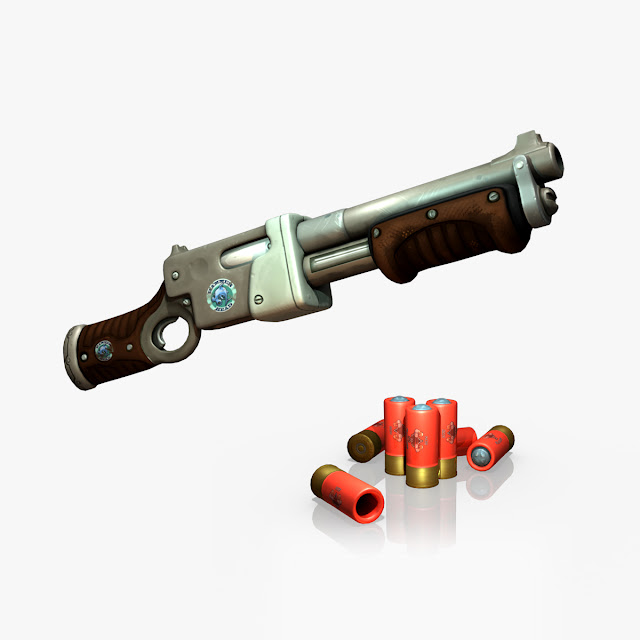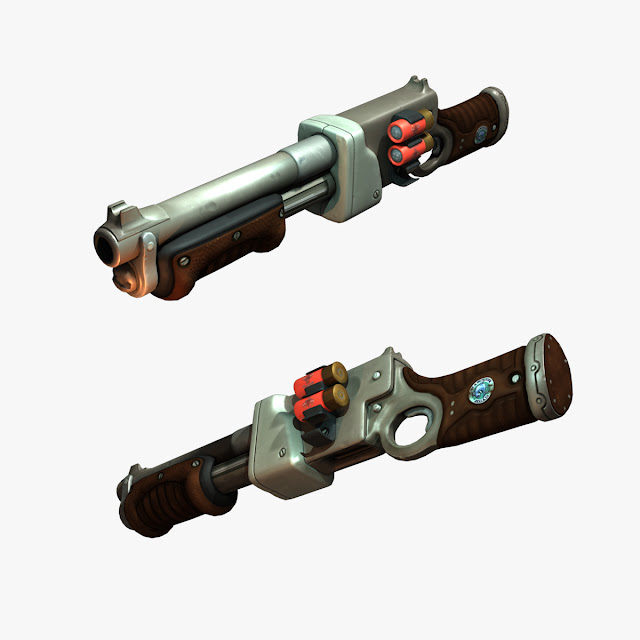Seriously? is my new short animation. Working in my favorite theme sci-fi it's set on a giant alien spaceship and shows the interaction of two of the inhabitants. There is love in the air....and on the floor and in your face. I asked my daughter for an idea for a short, she gave me nothing for hours saying she was thinking and then came up with a two sentence idea and Seriously? was the result.
My first job was to build a new character, My little green man #1. I wanted to do something cartoony and cute with appeal and simplicity. It took me a couple of tries as my first version was ugly, I like to sculpt my characters with lots of detail but it turned out that less was more. Simple rounded shapes made the character look cuter.
 |
| Surface of the model laid out for painting |
 |
| Maya base model to Zbrush to texture test |
 |
| Serious pose done in Maya rendered with 3Delight |
My next job was to create an animatic. An animatic is a very rough version of the film where you can see the intended actions and camera shots but animation is very basic, just enough to show what happens.
So once you have your animatic it's basically a case of refining until you have your final animation version. You can see that while I was animating I had a placeholder background. I put the final version of the background in after the animation was done. Next I will show you an early version of the animation.
In that version you can see the animation is quite rough, some of the last shots look very different in the final version. There is no sound, the sound was worked on by my good friend Rafa Tomás Velázquez who was my house mate in Dublin. He is a talented guy and you can see more of his work over at Farmode .
Once I had finished the animation the last step was rendering I used 3Delight for the final render but I also tried Mental Ray and Renderman.
 |
| Renderman as used by Pixar........not really working for me :( |
 |
| Mental Ray looked very nice but .....wasn't free :( |
 |
| 3Delight saves the day |
Rendering was a headache, I set up all my lights with and did all my tests with 3Delight, it kept crashing on me but I thought it should be all right when I rendered a full sequence a batch render........it wasn't. This lead me to try the other two, Mental Ray is what I have most experience with but at first it wasn't running. After poking around on the internet I found a solution and got it working and it looked great...........but I didn't realize you had to pay if you want it to batch render. You can render stills but to render a sequence you have to buy it.
Renderman to the rescue! Pixar use it it must be amazing!...........WADDAYA MEAN IT TAKES 10 MINUTES TO RENDER A FRAME!!! Erm....yeah so seems my laptop is not Pixar ready, I could only get very ugly results with my background in Renderman. Back to the drawing board. Luckily in picking through my scene so many times to set it up for the different rendering programs I discovered my camera was corrupt. This was what was causing 3Delight to crash and after that everything went smoothly.


























